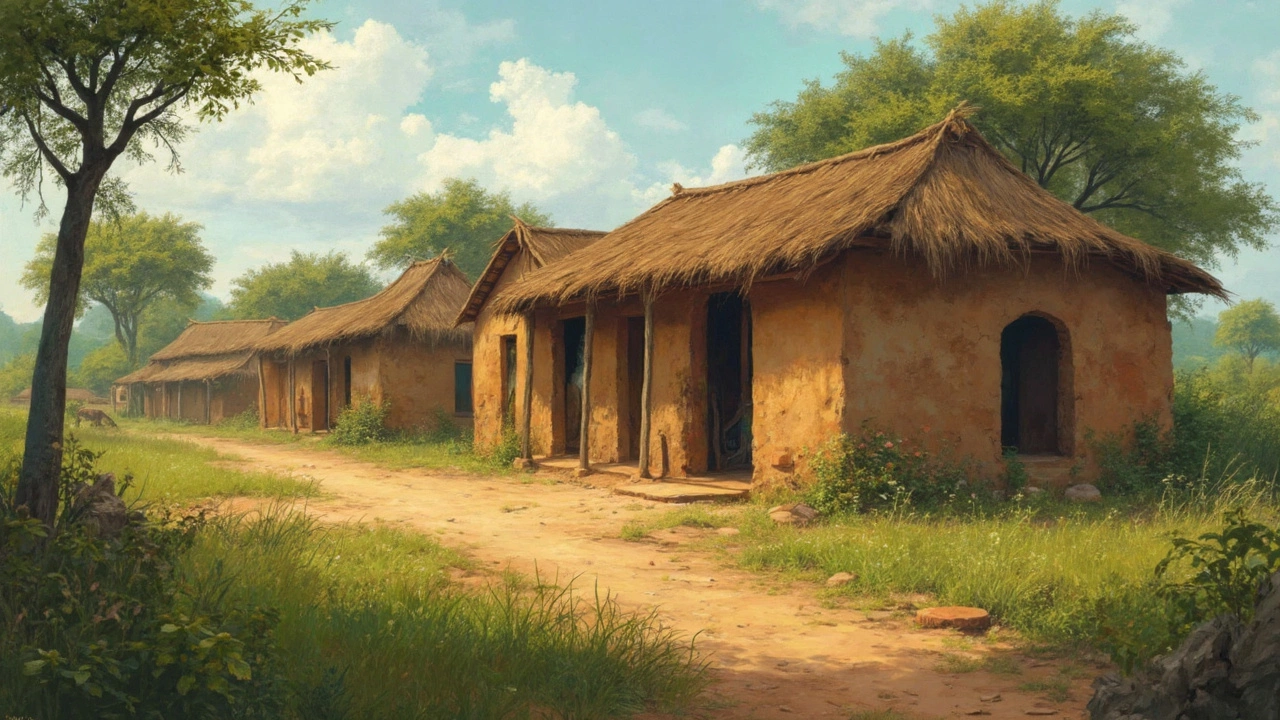House Design Tips to Refresh Every Room
First thing you want when you think about house design is a plan that actually works. Skip the fancy jargon and start with what you need: a layout that lets you move, furniture that fits, and colors that make the space feel right. Below are easy steps you can take today to upgrade your home.
Smart Layout Tricks
Measure twice, move once. Grab a tape measure and jot down the length of each wall, door, and window. Sketch a simple floor plan on a piece of paper or use a free app. This helps you see where a couch, table, or bed will really sit. Try the "traffic flow" rule – leave at least two feet of clear space between major pieces so people can walk around without bumping into anything.
When you place a sofa, think about the focal point. Most living rooms have a TV or a fireplace. Position the sofa so it faces that point, but also leave a side wall free for a side table or a lamp. If you’re short on space, a sleek daybed couch can double as a guest bed and a lounge chair. It’s a win‑win for small apartments.
Choosing Furniture & Colors
Pick furniture that matches the room’s purpose. A sturdy coffee table with a lower shelf works for families with kids, while a nested set looks great in a stylish bachelor pad. For durability, look for sofas that don’t sag – solid frames and high‑density foam are key. You’ll notice a big difference in comfort and how long the couch lasts.
Color can change a room’s mood in seconds. Neutral tones like soft gray or warm beige create a calm backdrop and let you add bold accessories later. If you love color, try an accent wall in a trendy shade – think deep navy for a modern feel or muted olive for a cozy vibe. Match the TV stand or bookshelf color to the sofa for a cohesive look, but don’t be afraid to mix textures.
Storage is part of design, too. Built‑in wardrobes or open shelving keep clutter hidden and make rooms feel larger. When choosing a wardrobe, consider the difference between a wardrobe and a closet – wardrobes are freestanding and often have a polished finish, while closets are built into walls. Pick what fits your space and style.
Outdoor areas need the same care as indoor rooms. Protect garden furniture from rain with weather‑proof covers or a quick‑dry spray. This simple step can add years to your patio set without spending extra money.
Finally, test everything before you settle. Walk around your layout with a chair in hand, sit on the couch, and stand in front of the TV. Does the view feel comfortable? Is the coffee table at the right height? Small tweaks now save big headaches later.
House design doesn’t have to be a massive project. By measuring, planning traffic flow, choosing the right furniture, and playing with color, you can create a space that feels both stylish and livable. Start with one room, apply these tips, and watch your whole home transform.
Why Old Houses Had Outdoor Toilets: A Peek into the Past
Discover why old homes often featured outdoor toilets and explore the reasons behind this curious design choice. We'll delve into the historical context, practicalities of the time, and how these designs influenced modern plumbing. Plus, find out how vintage wardrobes could tie into this intriguing history. Join us for a fascinating look into the past.





